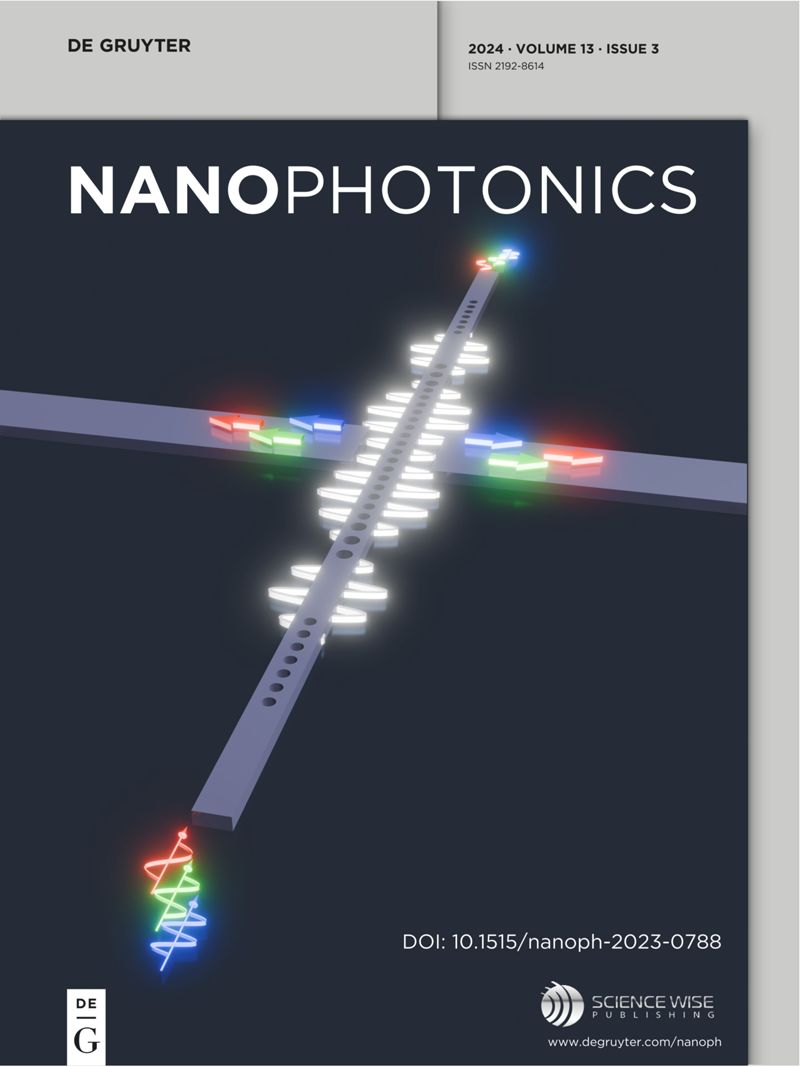Electrochemically modulated single-molecule localization microscopy for in vitro imaging cytoskeletal protein structures
IF 6.5
2区 物理与天体物理
Q1 MATERIALS SCIENCE, MULTIDISCIPLINARY
引用次数: 0
Abstract
A new concept of electrochemically modulated single-molecule localization super-resolution imaging is developed. Applications of single-molecule localization super-resolution microscopy have been limited due to insufficient availability of qualified fluorophores with favorable low duty cycles. The key for the new concept is that the “On” state of a redox-active fluorophore with unfavorable high duty cycle could be driven to “Off” state by electrochemical potential modulation and thus become available for single-molecule localization imaging. The new concept was carried out using redox-active cresyl violet with unfavorable high duty cycle as a model fluorophore by synchronizing electrochemical potential scanning with a single-molecule localization microscope. The two cytoskeletal protein structures, the microtubules from porcine brain and the actins from rabbit muscle, were selected as the model target structures for the conceptual imaging求助全文
约1分钟内获得全文
求助全文
来源期刊

Nanophotonics
NANOSCIENCE & NANOTECHNOLOGY-MATERIALS SCIENCE, MULTIDISCIPLINARY
CiteScore
13.50
自引率
6.70%
发文量
358
审稿时长
7 weeks
期刊介绍:
Nanophotonics, published in collaboration with Sciencewise, is a prestigious journal that showcases recent international research results, notable advancements in the field, and innovative applications. It is regarded as one of the leading publications in the realm of nanophotonics and encompasses a range of article types including research articles, selectively invited reviews, letters, and perspectives.
The journal specifically delves into the study of photon interaction with nano-structures, such as carbon nano-tubes, nano metal particles, nano crystals, semiconductor nano dots, photonic crystals, tissue, and DNA. It offers comprehensive coverage of the most up-to-date discoveries, making it an essential resource for physicists, engineers, and material scientists.
 求助内容:
求助内容: 应助结果提醒方式:
应助结果提醒方式:


